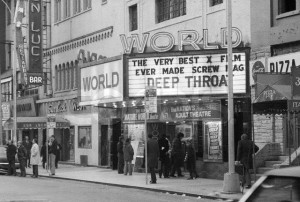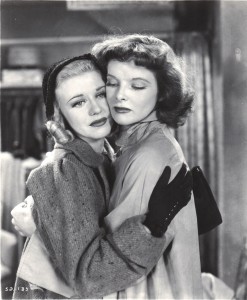2/23/15
Film and Reality;
Joan of Arc.
As I watch this film for the umpteenth time it never ceases always to bring out a missing piece that slipped by on one my previous viewing. This time around I delved into a reading of Dreyer’s work, and it is amazing that this film in my opinion is an abstraction that came to life slowly. In The Passion of Joan of Arc, Dreyer forced us, the spectator, “in a secluded area of visually; cornered me with no avoidance but to face this face of Falconetti and her elusive trickery though honest in her intentions but subject to her and the treat pose upon her to deny her inner calling to satisfy an authoritative appeal.”
And yes I do quote the article that made me not take this film as I always ordinarily take it- on it historical impasse. This time around it is all about the physiognomy of Joan and her persecutors. It excluded a fancy set or a historical setting but just focused on the mimetic attribution that spoke on its mere facial expression. I must extract this quote for I cannot say it better, “ Dreyer fashions his imagery after paintings of the period and indeed succeeds in keeping out crude actuality. “It is as if Old Dutch masters had come to life. “And in accordance with their appearance, their characters are like nomads, they move slowly about, and there is special distance between them which reflects their resistance to promiscuous mingling. In this film I would omit my any promiscuous tone; Joan was as rugged and disheveled, just ready to be slaughtered. Not dressed as an Anne Boleyn before being headless by the axe man.
In my opinion, this film like most film of this style could not have been so rich had it done differently. Intertitles did not matter, the actions of this slow abstraction, bodies that slowly steps out from their respective enclaves. They are tightly squeezed out from a pastel tube, and suddenly made to life is some rustic manner. They come out of low arches representing a world of oppression. And in the open they are crouched to the low ceiling that accentuates their actual decision on Joan’s life. Dreyer ironizes his mise en scene for instance, as the priest was pulling confession out of Joan, he a man of the church is shown as the evil one that has the right of way, and as the camera confronts Joan, there is a vivid cross on the wall. Dreyer is emphasizing here that although God is on Joan’s side, Dreyer could have been making a statement here that the truth in the form of God as a savior is not always the savior.
And in reading Epstein’s piece, “Magnification,” he says the close-up “addresses me personally with an extraordinary intensity. I am hypnotized.” Dryer must have taken a piece of tutoring here in enhancing his meaning with Falconetti’s face. This article says it all; it posits as a guide in looking at Joan of Arc, it contributed to my once ordinary looking at this face to a now complex face that attributed a meaningful language- Epstein has simplified Falconetti’s physiognomy, “The close-up modifies the drama by the impact of proximity. Pain is within reach. If I stretch out my arm I touch you, and that is intimacy. I can count the eyelashes of this suffering. I would be able to taste the tears. Never before has a face turned to mine in that way (Epstein, p239)….”




